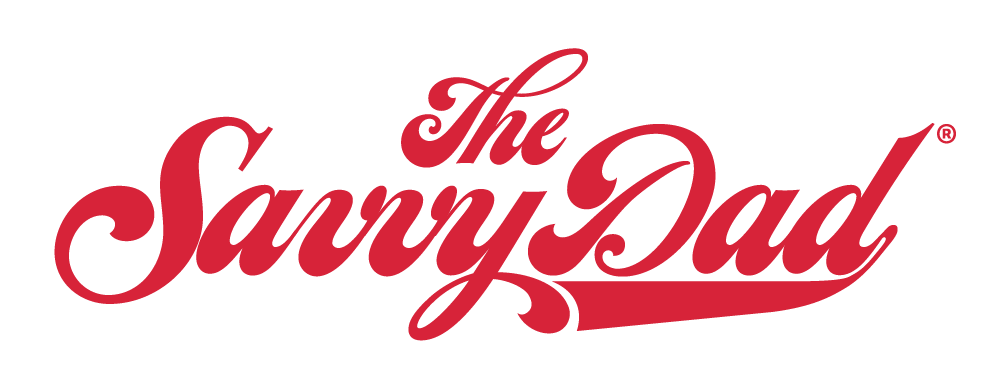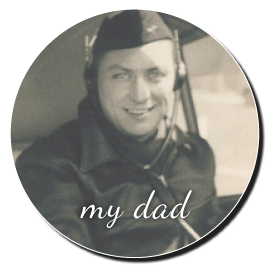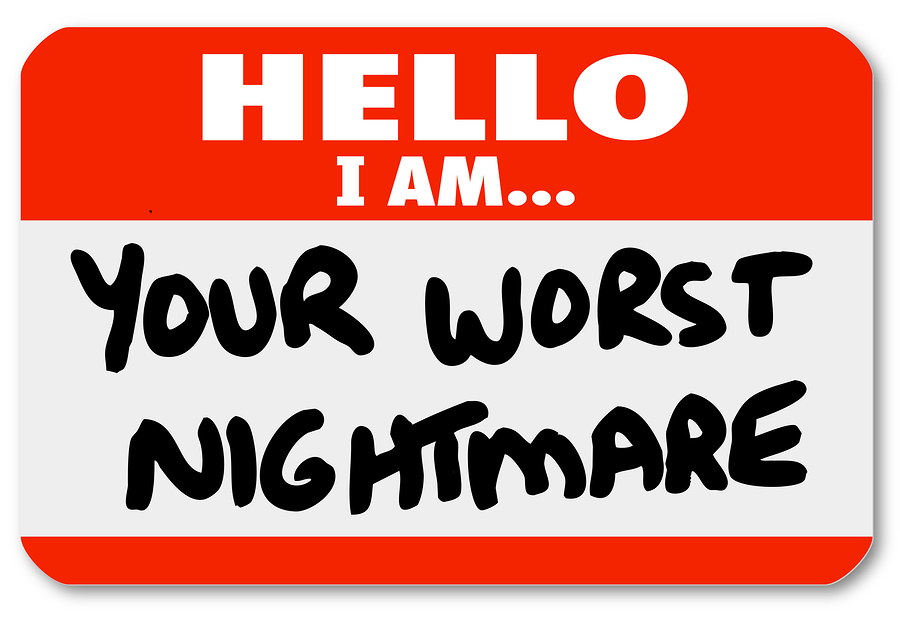by Greg Hague
“Cowards die many times before their deaths;
The valiant never taste of death but once.”
-William Shakespeare from Julius Caesar
Fear is imagination . . . it’s really not real.
In one of my favorite movies, The Edge, billionaire Charles Morse (Anthony Hopkins) and fashion photographer Bob Green (Alec Baldwin) endure a harrowing quest for survival in a brutally harsh, particularly treacherous area of Alaskan wilderness.
While staying at a remote backcountry lodge accessible only by seaplane, they decide to fly upriver in search of a photogenic Indian grizzly hunter. Suddenly, a flock of birds slams head-on into their single engine bush plane, blasting through the windshield, blinding the pilot, and clogging the prop with bird remains.
The badly damaged aircraft careens violently out of control. Shearing off a pontoon, and just missing a mountaintop peak, the doomed plane finally plunges violently into an isolated backwoods lake.
The force of the impact rips the wings off the fuselage. The fragmented hull quickly fills with icy cold water as it swirls into the depths.
The pilot is clearly dead. Green frantically claws his way out of the plane and flails his way to the surface. He coldly leaves Morse and his assistant, Stephen, trapped in the fast-sinking plane, gasping for their last breaths.
A dazed Stephen can’t unlatch his seat belt. As water floods his lungs, he gradually and painfully loses consciousness. The broken-up aircraft continues to swirl deeper and deeper into the glacier-cut, water-filled crevice.
Quick-witted, in-control, billionaire Morse breaks loose, locates his pocketknife (a birthday gift from Green the night before) and cuts Stephen’s belt off. Morse drags the unconscious man out of the plane, and fights his way up through the frigid water and onto the shore with Stephen in tow. After mouth-to-mouth by Morse, Stephen revives.
As the movie unfolds, surviving the horrific crash, near starvation, God-awful snowstorms, driving sleet and bitter cold become mere inconveniences compared to eluding a vicious and cunning, man-eating grizzly (brilliantly played by Bart the Bear).
If you haven’t seen the movie, you should. I won’t ruin it by revealing who dies, who lives, and the fate of ole’ Bart. But I will describe one brilliantly written, wonderfully acted, powerhouse scene.
The message it conveys is a compelling illustration of the power of fear to clarify, intensify, and define what we make of our lives. This riveting sequence is not only a great example of how to overcome fear, it also illustrates how to excel in the face of fear. In other words, it’s how to summon the courage to make the big speech and then how to blow them away with what you say.
As you read the actors’ dialogue, remember these words:
Fear is imagination . . . it’s really not real.
We’re halfway into the movie. The horrible weather, starvation, physical exhaustion and bear attacks have taken their toll. Green is ready to give up, lie down and call it game over. He’s a beaten man, resigned to the reality of starving to death or being eaten alive.
Morse resolutely turns and looks at Green with icy fire in his piercing blue eyes. He calmly says,
“I’m going to kill the bear.”
“You’re going to what?!” screams Green in disgusted disbelief.
“What one man can do, another can do,” Morse firmly responds. “Repeat after me,” he sternly commands,
“I’m going to kill the bear! What one man can do, another can do.”
Back and forth they go, repeating time and again with increasing amplitude and escalating force (and belief),
“I’m going to kill the bear. What one man can do, another can do.”
“I’m going to kill the bear. What one man can do, another can do.”
“I’m going to kill the bear. WHAT ONE MAN CAN DO, ANOTHER CAN DO!”
What happens next? I won’t ruin the movie. But I will tell you that these two men are able to reprogram their minds. This unlocks their fear-induced paralysis and invigorates them to reach a level of focus, intensity, determination and grit few ever do.
This is more than simple courage. It’s bigger than that. It’s envisioning precisely how to actually accomplish a terrifying endeavor few would dare try.
Reprogramming your mind is not just the key to motivating yourself to do what you are afraid to do. It is the golden ticket to doing it magnificently (i.e. delivering an inspiring speech that concludes with a standing ovation).
Fear turns our minds into a theater, with us on the stage. It’s visualization . . . a fast moving nightmarish story that unfolds in our head. You are the star in a play with an unfortunate end.
Fear is a mental shipwreck with you at the helm.
To harness the power of fear, you must mentally rewrite the script. You, the central character, win. The speech is a hit. The unobtainable prospect signs the million-dollar contract. The badly needed investor writes the big check. And yes, YOU KILL THE BEAR.
That’s the takeaway.
Fear is imagination . . . it’s really not real.
You must remember that fear is simply envisioning a series of events that leads to an unfortunate end. But:
Where fear lurks, opportunity always abounds.
The answer? Look for fear. Embrace it. Savor it.
In The Edge, billionaire Morse refuses to concede to the bear. He simply will not accept the obvious end.
There is a powerful underlying message in The Edge that many don’t see. Morse became a billionaire because he led his life like he approached killing the bear. Every day he overcame fears, large and small.
Morse’s success is a product of rewriting those scary scripts in his mind to end in a triumphant way. His life is a tale of swapping hunter for prey. Instead of running from bears, he decides to kill them.
“I’m going to kill the bear.” SAY IT. “What one man can do another can do. I’M GOING TO KILL THE BEAR!”
“Of all the wonders that I have heard,
It seems to me most strange that men should fear;
Seeing death, a necessary end,
Will come when it will come.”
-William Shakespeare from Julius Caesar












Believing that each person as their own Value.
“WHAT ONE MAN CAN DO, ANOTHER CAN DO!”
“WHAT ONE MAN CAN DO, ANOTHER CAN DO and Two men working Together can do it Better!”